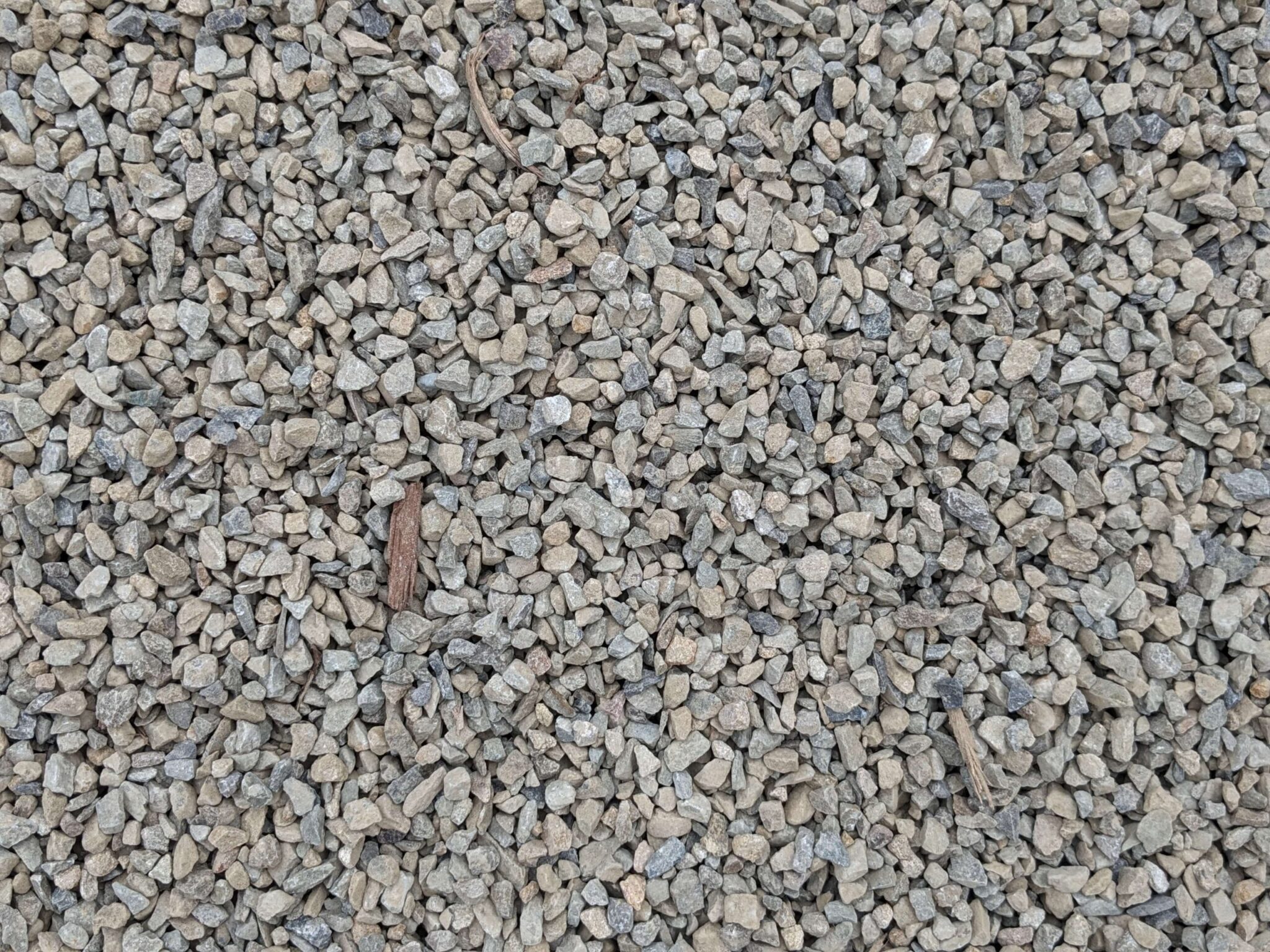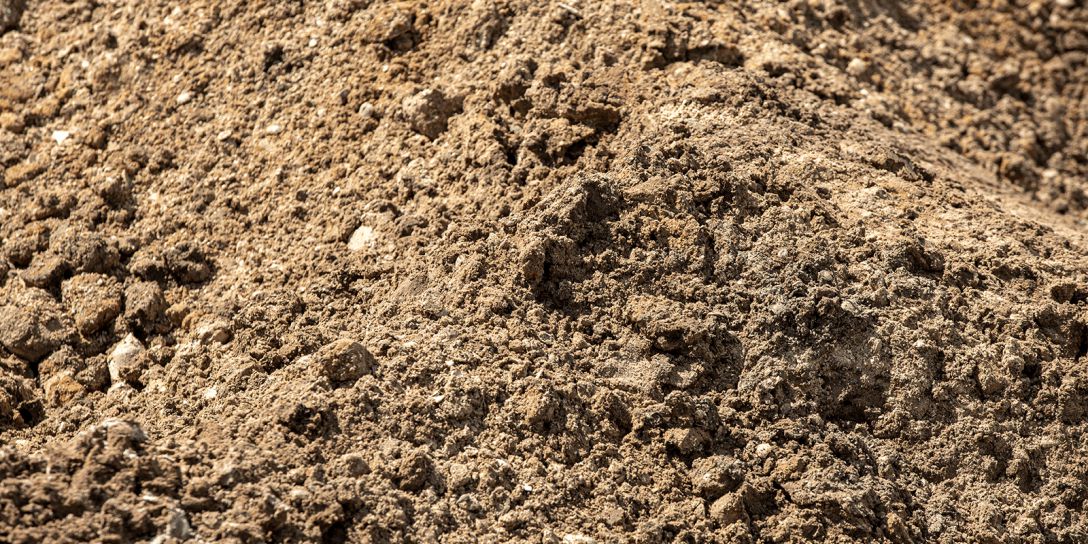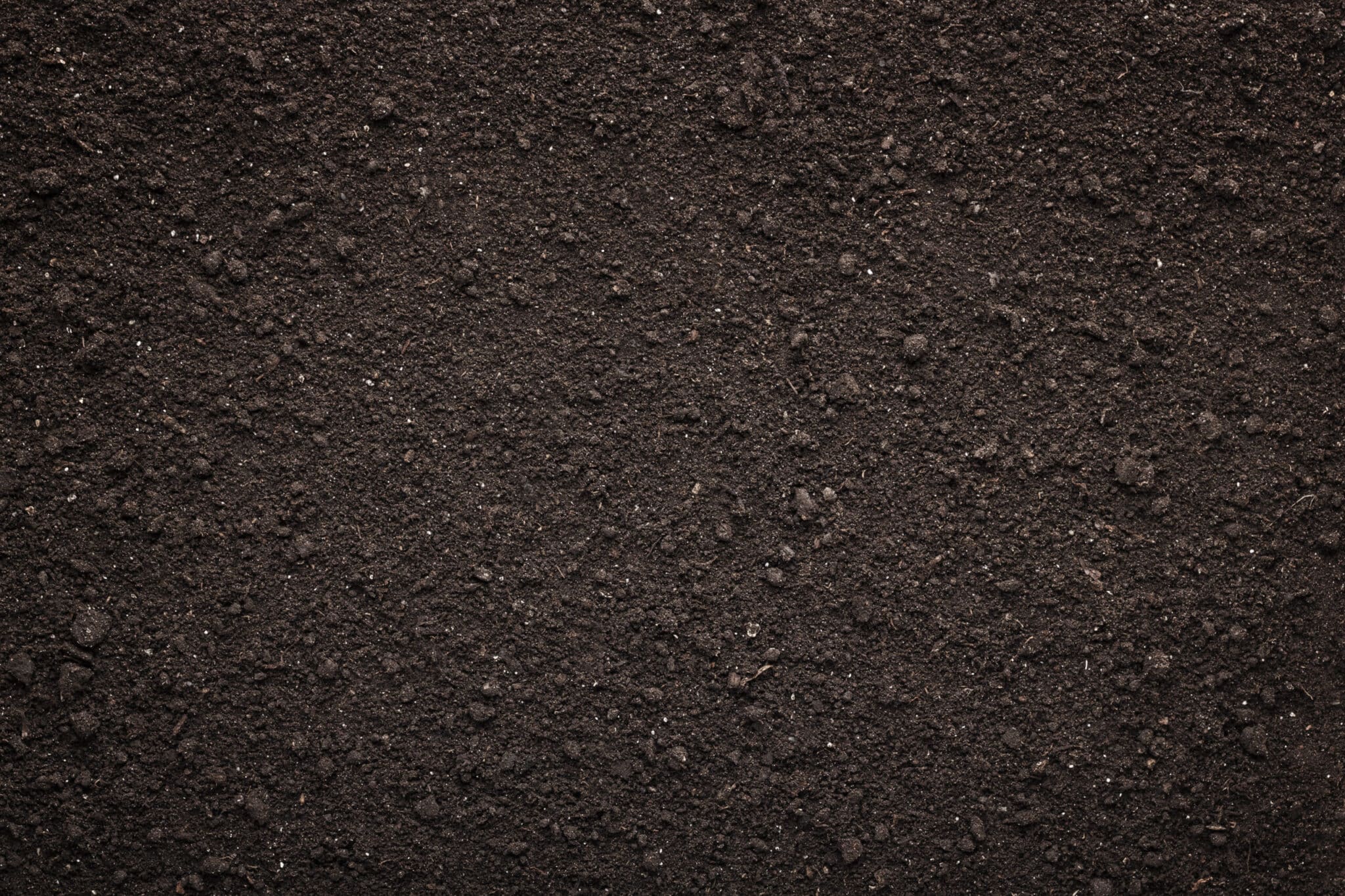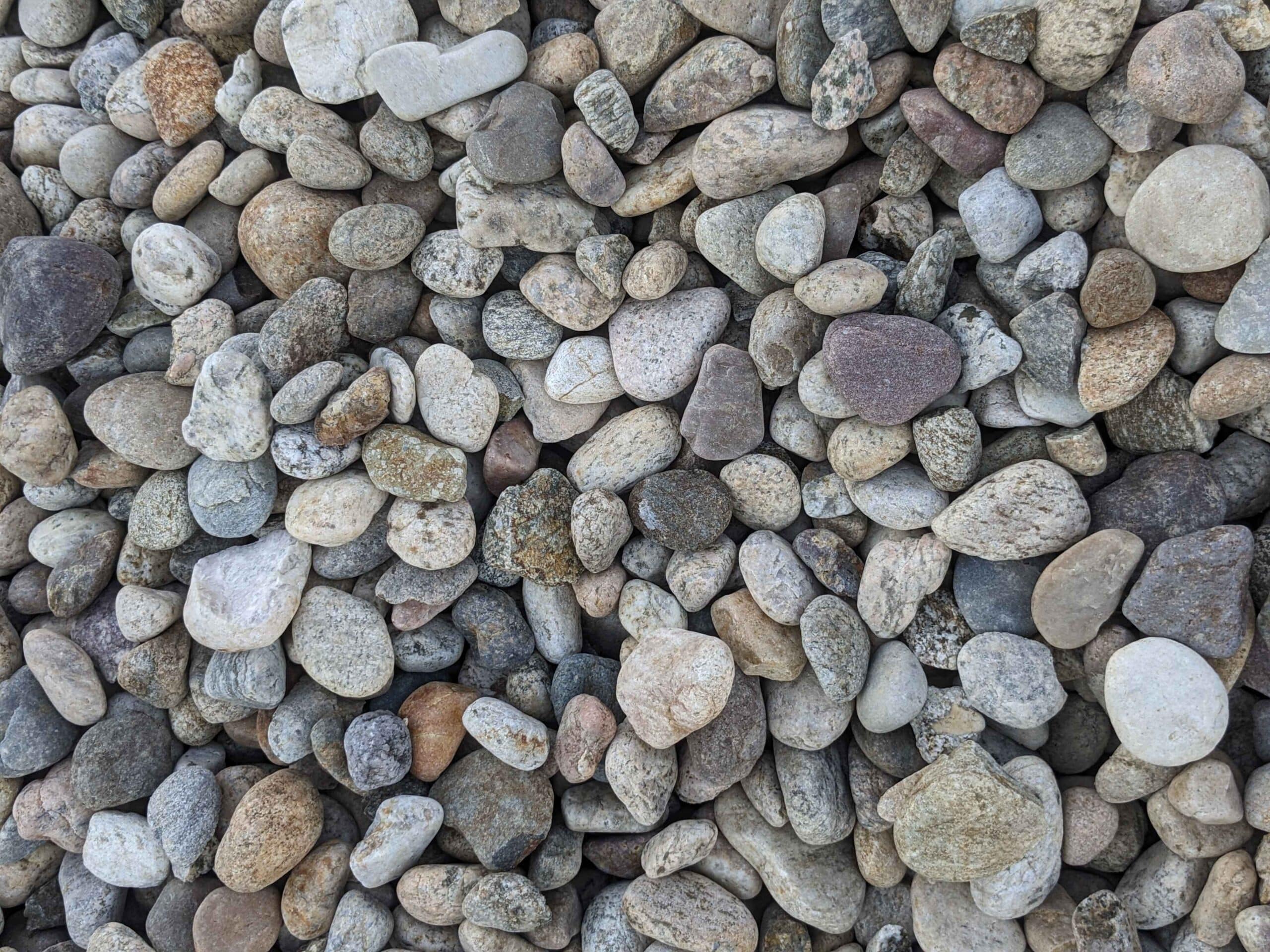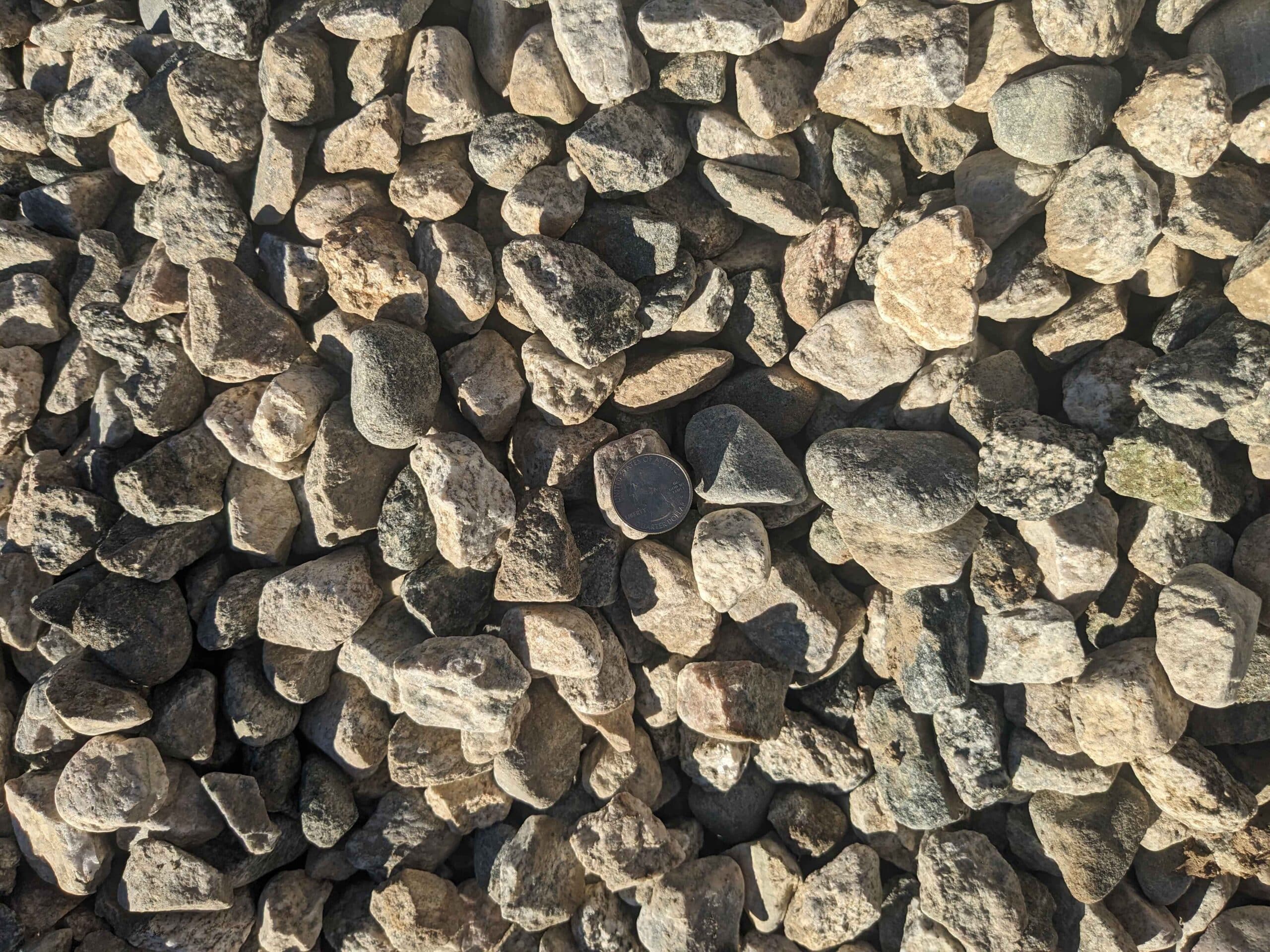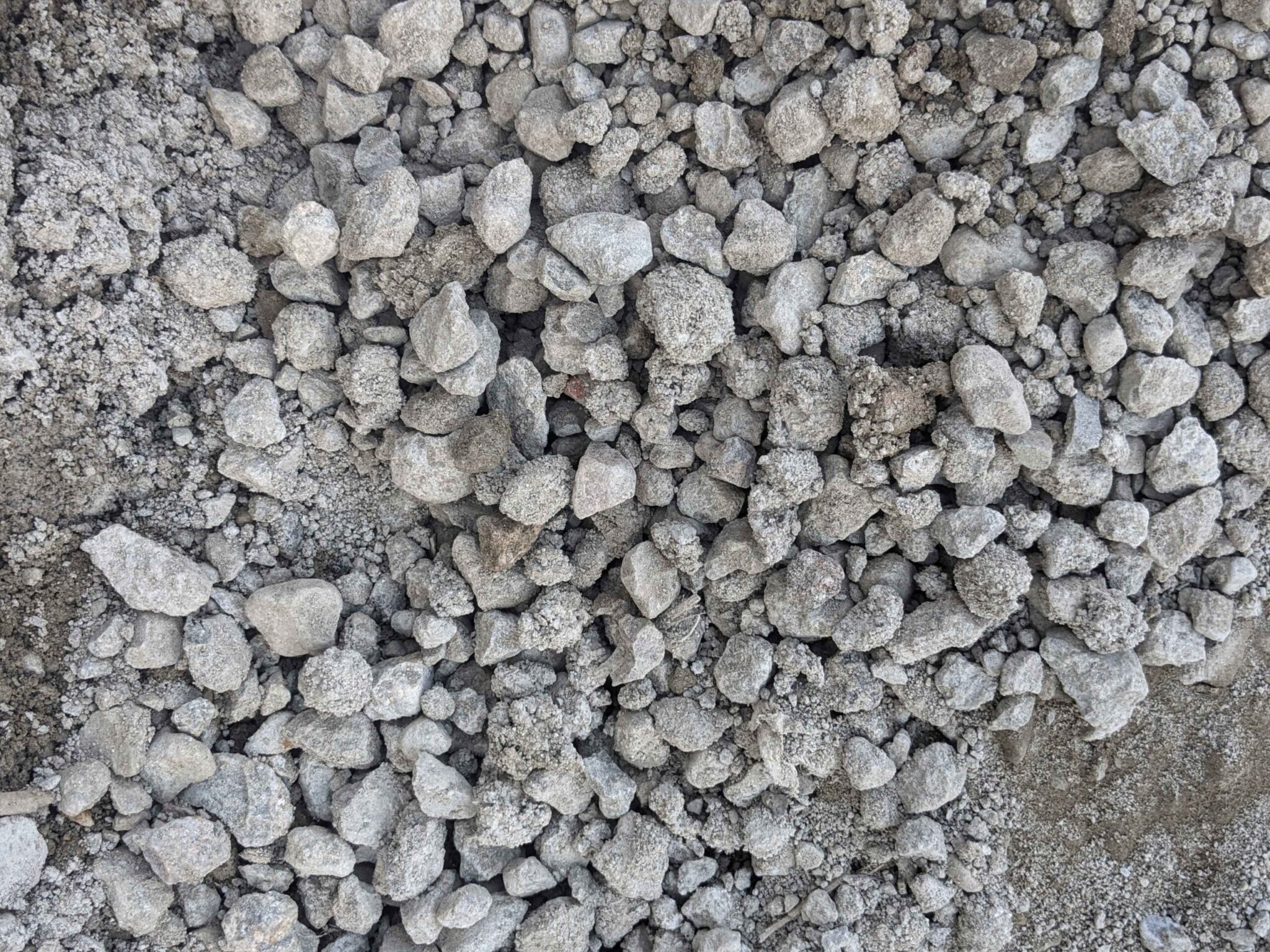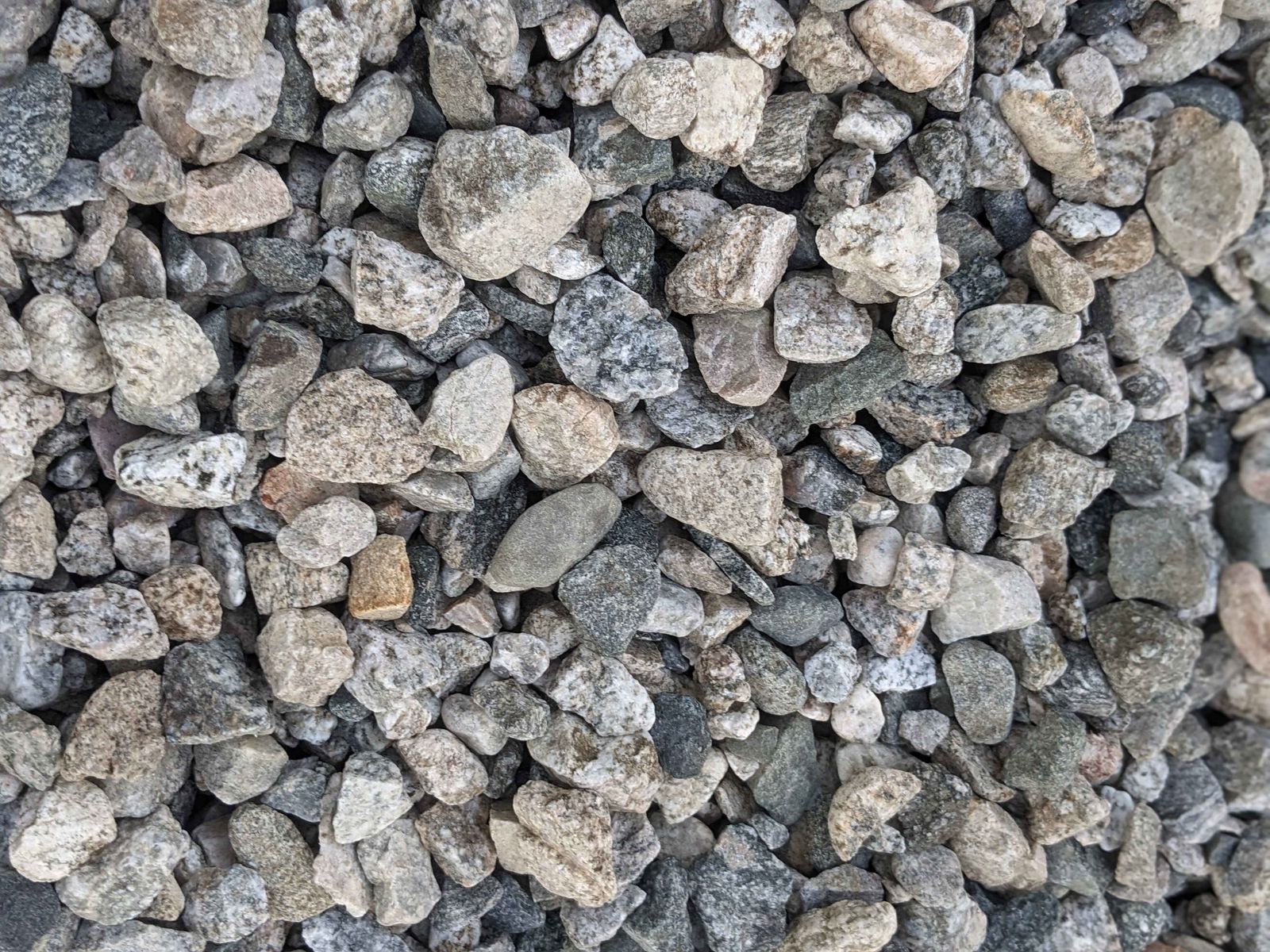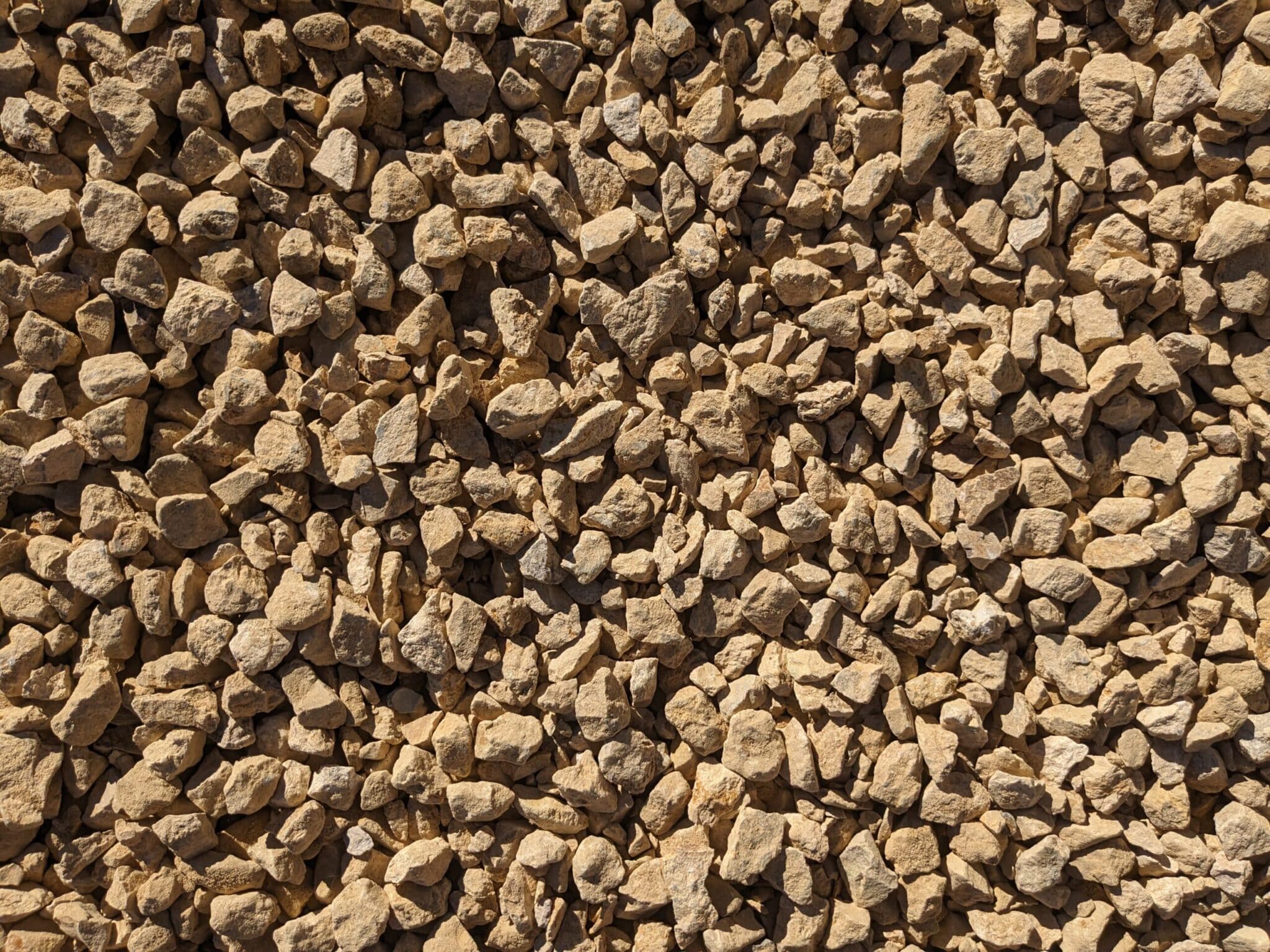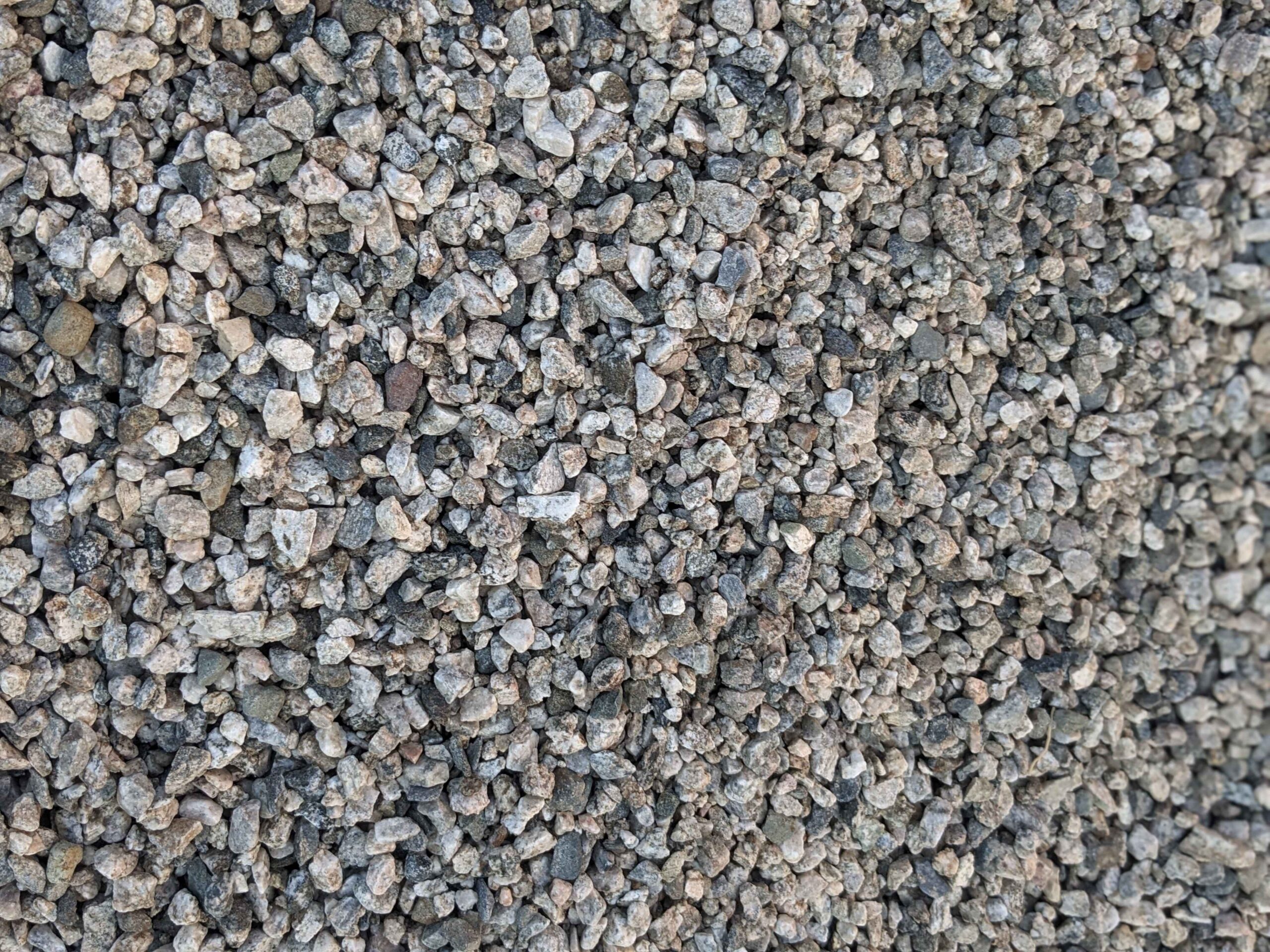Flower bed preparation is a crucial step in creating a beautiful and thriving garden. One key element to consider when preparing your flower bed is the type of topsoil you use. Topsoil plays a vital role in the growth and health of your plants, so it’s essential to understand its importance and choose the right type for your needs.
Understanding the Importance of Topsoil in Gardening
Before we delve into the different types of topsoil, let’s explore why topsoil is so important in gardening. Topsoil is the uppermost layer of soil and is rich in essential nutrients and organic matter. It is where your plants’ roots grow and thrive. Topsoil also helps retain moisture and provides a stable structure for root development. Additionally, it acts as a reservoir for soil organisms that benefit plant growth.
The Role of Topsoil in Plant Growth
The quality of topsoil directly influences plant growth. It provides the necessary nutrients, such as nitrogen, phosphorus, and potassium, which are vital for healthy foliage, blossoms, and fruit production. Topsoil also offers good drainage, preventing water from pooling around the roots and causing rot or diseases.
Moreover, topsoil provides an environment that supports beneficial microbes and earthworm activity. These organisms help break down organic matter, releasing nutrients and improving soil structure. They also enhance aeration, allowing roots to absorb oxygen, which is crucial for optimal growth.
Why Quality Topsoil Matters for Flower Beds
Using quality topsoil for your flower bed makes a significant difference in the overall health and beauty of your plants. High-quality topsoil is typically free from contaminants, such as weeds, pathogens, and chemical residues, ensuring a clean and safe growing environment for your flowers. It also has a balanced pH level, enabling plants to efficiently absorb nutrients.
Quality topsoil is often rich in organic matter, which improves soil structure by promoting moisture retention and preventing soil erosion. It also encourages beneficial organisms, creating a harmonious ecosystem that supports plant growth.
Different Types of Topsoil
Not all topsoil is the same. Depending on your garden’s needs, you may want to consider different types of topsoil options. Let’s take a closer look at the three main types: sandy topsoil, silt topsoil, and clay topsoil.
Sandy Topsoil and Its Properties
Sandy topsoil contains large particles that allow for excellent drainage. This type of topsoil is ideal for plants that prefer drier conditions, as it prevents waterlogging. Sandy topsoil is also easy to work with, making it suitable for areas where soil improvement is needed. However, sandy topsoil tends to be low in nutrients and may require regular fertilization.
Silt Topsoil and Its Benefits
Silt topsoil consists of smaller particles than sandy topsoil, offering good water retention. It is easier to work with than clay topsoil and provides sufficient drainage while retaining moisture for plants. Silt topsoil is relatively fertile and suitable for a wide range of flowers. However, it may require additional organic matter to improve its nutrient content.
Clay Topsoil and Its Characteristics
Clay topsoil contains finer particles, resulting in excellent moisture retention. It is nutrient-rich and provides a stable structure for root development. However, clay topsoil has poor drainage, which can lead to waterlogged conditions. To improve drainage, clay topsoil often requires amendments such as organic matter or sand. Clay topsoil is excellent for moisture-loving plants but may not be suitable for those that prefer drier conditions.
Assessing Your Garden’s Soil Needs
Before deciding on the type of topsoil for your flower bed, it is essential to assess your garden’s soil needs. This involves identifying your garden’s soil type and determining the nutrient requirements of your flowers.
Identifying Your Garden’s Soil Type
To identify your garden’s soil type, you can perform a simple test. Take a small handful of soil and squeeze it into a ball. Sandy soil will crumble apart easily, silt soil will hold its shape for a moment but then crumble, while clay soil will remain intact and retain its shape. Understanding your garden’s soil type will help guide your choice of topsoil.
Determining the Nutrient Requirements of Your Flowers
Different flowers have varying nutrient requirements. Some may require more nitrogen for lush foliage, while others may need phosphorus for vibrant blooms. It is important to research the specific nutrient needs of the flowers you plan to grow in your flower bed. This will help you select a topsoil rich in the nutrients your plants require.
Choosing the Right Topsoil for Your Flower Bed
Now that you have assessed your garden’s soil needs, it’s time to choose the right topsoil for your flower bed. Consider the specific requirements of the flowers you plan to grow and match them with the characteristics of the different topsoil types mentioned earlier.
Topsoil for Roses: What to Look For
Roses thrive in well-draining soil with good moisture retention. Silt topsoil can be an excellent choice for roses as it provides the right balance of drainage and moisture retention. Mixing in compost or well-rotted manure can further enhance the fertility and structure of the topsoil.
Best Topsoil for Sunflowers and Daisies
Sunflowers and daisies prefer slightly sandy soil that drains well. Sandy topsoil mixed with organic matter to improve nutrient content can create an ideal growing medium for these vibrant flowers. The loose structure of sandy topsoil allows for proper root establishment and prevents waterlogging.
Ideal Topsoil for Shade-Loving Flowers
Shade-loving flowers, such as impatiens and hostas, prefer moist soil with good water retention. Clay topsoil, with its excellent moisture retention capabilities, can provide the ideal environment for these flowers. It’s essential to amend clay topsoil with organic matter to improve aeration and prevent compaction.
Preparing Your Flower Bed with Topsoil
Once you have chosen the right topsoil for your flower bed, it’s time to prepare the soil for planting. Incorporating topsoil into your flower bed is a crucial step in ensuring the success of your garden.
Steps to Incorporate Topsoil into Your Flower Bed
- Begin by removing any weeds or debris from the flower bed.
- Loosen the existing soil using a garden fork or tiller.
- Spread a layer of topsoil evenly across the bed, ensuring a depth of at least six inches.
- Use a rake to mix the topsoil with the existing soil, breaking up any clumps and ensuring proper integration.
- Smooth the surface of the flower bed using a rake or garden roller.
- Water the flower bed thoroughly to settle the soil and remove any air pockets.
Maintaining Soil Health After Preparation
After preparing your flower bed with topsoil, it’s important to maintain soil health throughout the growing season. Regularly monitor soil moisture levels and water accordingly. Applying organic mulch can help conserve moisture and suppress weed growth. Additionally, periodic soil testing can provide valuable insights into nutrient deficiencies or imbalances that may require amendment.
By choosing the right type of topsoil, assessing your garden’s soil needs, and properly preparing your flower bed, you are setting the foundation for a thriving and vibrant garden. Remember, each flower has unique requirements, and tailoring your topsoil choice to meet those needs will help ensure the health and beauty of your blooms. Happy gardening!
Start Your Garden with Premium Topsoil from Bulk Aggregate Supply
Ready to transform your flower bed into a blooming paradise? Look no further than Bulk Aggregate Supply for all your topsoil needs. We provide top-tier, nutrient-rich topsoil that will set the stage for your garden’s success. Experience our white-glove service and let us handle the heavy lifting, delivering straight to your doorstep. Whether you’re working on a small home project or a large-scale construction, we’ve got you covered. Check out our products today and take the first step towards a lush, vibrant garden.


